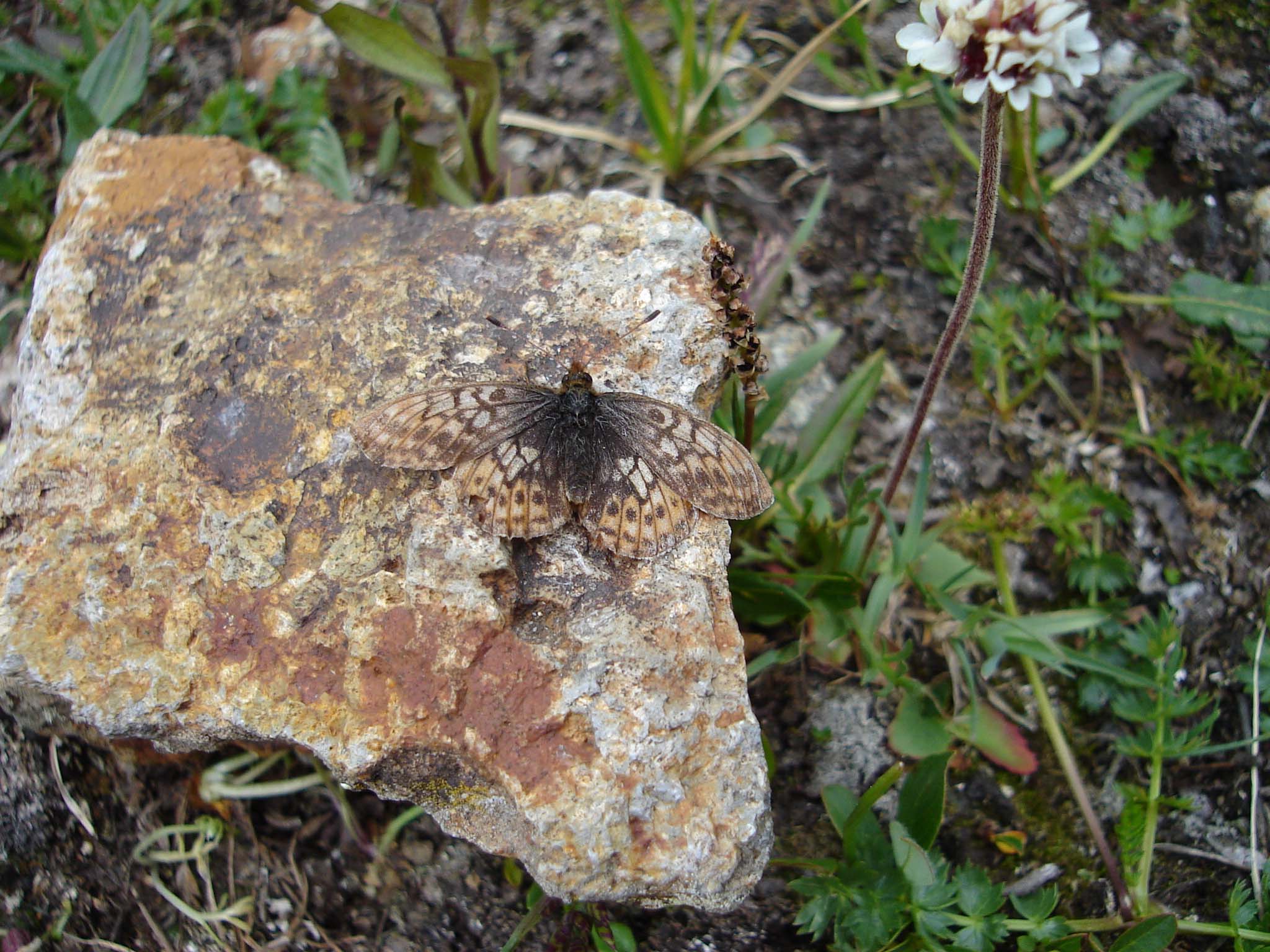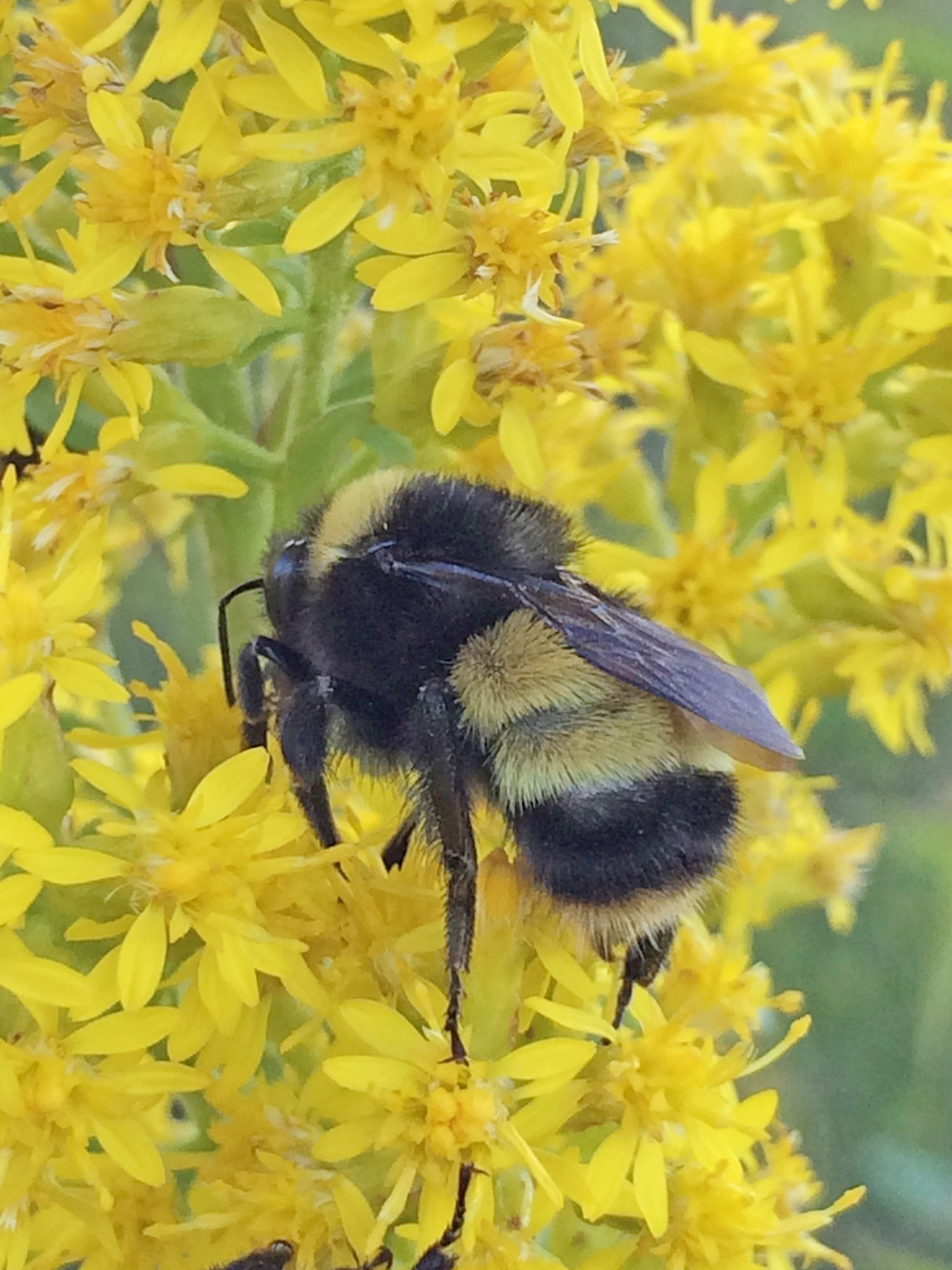New rules will be disastrous for endangered pollinators and other wildlife.
The Trump administration has introduced changes to the Endangered Species Act (ESA) that are truly disastrous for endangered pollinators and other wildlife. Unless a court issues an injunction, these new regulations (which can be read here, here, and here) will go into effect on September 26, and will make it much harder to protect and recover the animals that are struggling to survive and need our help the most.
The new rules were introduced under the guise of clarifying the implementation of the ESA, but in reality, they severely weaken a law that has been effectively used for decades to prevent wildlife from going extinct. The ESA works: it has prevented 99% of listed species from going extinct. These changes represent a clear win for industry and development, at the expense of our nation’s most vulnerable wildlife.
There are five main areas of concern arising from the new regulations:
Economic Costs Are Now Considered When Making Listing Decisions
Among the most concerning of the changes is one allowing for the use of economic analyses in making decisions regarding whether or not to list a species under the ESA. This is egregious, as the law itself clearly articulates that decisions should be based solely on the best available science, not on the cost of protecting a species. Allowing economic analyses in endangered species listing decisions could prevent any species from being ESA listed in the future, even if it clearly faces a high extinction risk. The cost of protection should not matter. All species deserve a place on the planet.

Threatened Species No Longer Receive Protections
In the past, a species listed as threatened was given the same protections as an endangered species. This will no longer be the case should these rules take effect. The monarch butterfly—which the Xerces Society and conservation partners petitioned to be protected as a threatened species under the ESA in 2014—could ultimately be listed as threatened, but despite the fact that the western population has declined by more than 99% since the 1980s and the entire North American population is on an extinction trajectory, there would be no actual protection afforded to this iconic butterfly.
Critical Habitat Designations Will Be Less Frequent and Less Meaningful
The new rules make it easier for the U.S. Fish and Wildlife Service (USFWS) to not designate Critical Habitat (areas deemed essential for a listed species to recover), even though the intent of the ESA is to designate Critical Habitat for all listed species—with only very rare exceptions. Additionally, the rule will make it more difficult for the USFWS to designate Critical Habitat in areas that aren’t currently occupied by a species. Removing the need to designate Critical Habitat severely weakens one of the most important parts of the ESA: The requirement that a federal agency consults with the USFWS to ensure that any action the agency takes, funds, or authorizes does not destroy or adversely modify Critical Habitat.
Species May Be Delisted Before They Have Actually Recovered
Once a species is ESA listed, a recovery plan is developed—often with input from species experts—which guides conservation efforts. Traditionally, once recovery goals have been met, the species can be taken off of the ESA list. However, one of these new rules stipulates that a species’ recovery plan goals do not need to be met before the species is delisted. For example, the rusty patched bumble bee is our only ESA-listed bee in the continental U.S. A recovery plan is being developed for this species, but it could now be removed from the ESA list before it has actually recovered.

Species Threatened by Climate Change Will Be Harder to Protect
These new rules also make it much harder to protect species that are primarily impacted by climate change—a serious threat to the survival of so many species. For instance, if climate change is the sole threat to a species’ habitat, this new rule stipulates that this habitat should not be protected as Critical Habitat. Further, when making a decision to list a species, the USFWS needs to determine if it is likely to go extinct in the “foreseeable future”. One of the new rules defines “foreseeable future” in such a way that many of the impacts of climate change on a species could be ignored in a listing decision.

Some recent announcements relating to ESA protections makes one wonder if the new rules were already influencing decision-making. Just two weeks before the new regulations were published, the USFWS determined that the yellow-banded bumble bee should not be listed as endangered or threatened under the ESA despite a clear analysis by its own agency biologists indicating that the bumble bee has undergone a dramatic contraction in range which is likely to continue into the future. The yellow-banded bumble bee has already disappeared from Connecticut, Georgia, Idaho, Illinois, Indiana, North Carolina, New Jersey, Ohio, Rhode Island, Tennessee, Utah, Virginia, Washington, and West Virginia—more than half of the states where it used to live.
Further, in the states where the yellow-banded bumble bee remains, its occupancy and relative abundance are far lower than they were historically. Under all modeled scenarios, the USFWS found that this bee has very low resiliency in the future across most of its range. The current condition and future trajectory of this bee illustrates the very reason that the Endangered Species Act was written in the first place: to prevent species from going extinct. If we let the condition of imperiled species get so close to extinction before they receive protection, how can we ever expect them to recover?

Similarly, USFWS recently proposed listing the Franklin’s bumble bee—responding to a petition Dr. Robbin Thorp and the Xerces Society filed in 2010—but failed to designate Critical Habitat. Though the most significant threats to the Franklin’s bumble bee include disease from managed bees, pesticide use (in particular the systemic neonicotinoid pesticides), and a small population size, identifying and protecting this species’ key habitats is an essential component of its recovery.
Earlier this year, the Xerces Society and Center for Biological Diversity asked for emergency ESA protection for the Bethany Beach firefly. One of only seven coastal sand dunes where it occurs is actively being developed, which is likely to wipe out the population. Here is an example of a species that desperately needs protection—but with revised rules regarding how the ESA is implemented, does a species that is so clearly endangered have a chance at receiving protection? And if it does, will it be meaningful?
I’m left wondering: Who really wants to live in and pass on a world without a diversity of butterflies to fill the sky, bees to pollinate our food and flowers, and fireflies to light up the night? Clearly, those who wrote and support these new rules think that is an acceptable future.
Further Reading
Read our press release regarding the proposed Franklin’s bumble bee listing.
Read our press release regarding the Bethany Beach firefly petition.
Learn more about the dire situation facing western monarchs.
Learn more about the Xerces Society’s Endangered Species Conservation Program.




